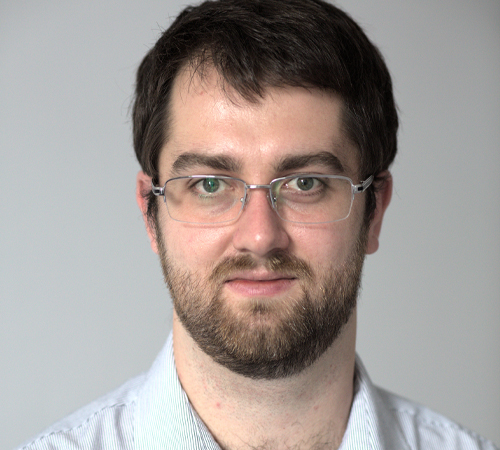Research Fellowships 2021
Dr Lyons will produce a revolutionary new form of 3D imaging technology capable of delivering microsecond response times. The technology combines single photon detection with nature-inspired optics and data processing mimicking that within our brains. Fast reaction times are essential for autonomous vehicles to avoid potentially lethal collisions. At city centre speeds, almost half of the stopping distance is taken up by a driver recognising a potential hazard and that they need to react. Replacing the human decision-making element with sensors that can act automatically on microsecond timescales will allow for immediate responses with less than 1 m warning.
The proposed technology builds upon features of the eye, such as the highly optimised geometry and optical components, while adding 3D imaging from time-of-flight sensing. This will use ultrafast lasers and recent developments in Single Photon Avalanche Diode (SPAD) arrays, coupled to Spiking Neural Networks (SNNs), a type of artificial neural network designed to closely mimic the activity of the brain. These two components have been selected because of their high level of complementarity and will be combined here for the first time. It is these two components working in unison that will allow the devices to not only form 3D images at MHz frame rates, but also be able to classify potential hazards, such as the presence of a pedestrian or other vehicle. Reducing the reaction time of a human driver of 670 ms down to almost negligible timescales will allow driverless and driver-assisted cars to make life-saving decisions automatically.

Related content
View all programmesSupport for research
The Academy runs a number of grants to support excellent researchers carry out engineering activities and to enable clo…
Research Chairs and Senior Research Fellowships
This scheme aims to strengthen the links between industry and academia, supporting academics in UK universities to unde…
